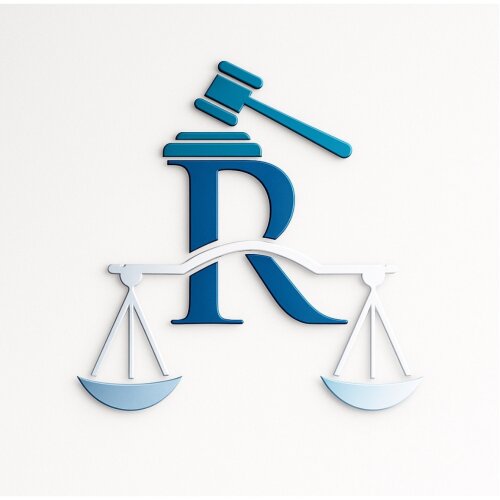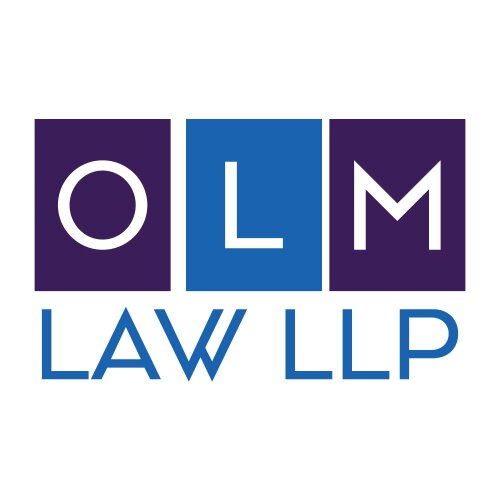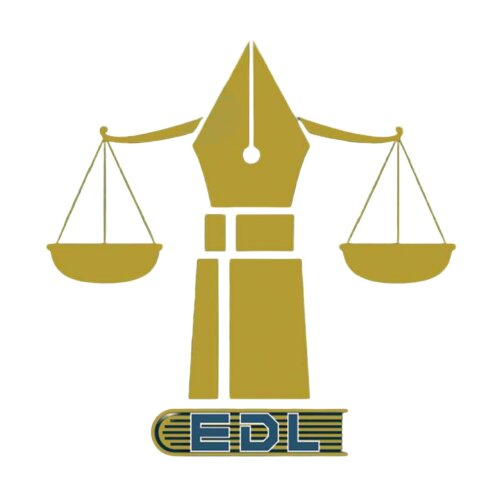Best Professional Malpractice Lawyers Near You
Share your needs with us, get contacted by law firms.
Free. Takes 2 min.
Or refine your search by selecting a city:
List of the best lawyers

Legal guides written by Smart Legal Solutions:
- Legal Protection of Foreign Investment in Thailand
- Main Legal Measures to Protect Foreign Investment in Thailand
- The importance of the geographical indications for the Thai economy
About Professional Malpractice Law
Professional Malpractice Law pertains to negligence or misconduct by a professional individual that results in damage or injury to a client or patient. Professionals such as doctors, lawyers, accountants, and architects are expected to adhere to a standard of care and conduct. When their actions fall below the expected standard, resulting in harm, they can be held liable for professional malpractice. The law aims to provide recourse for victims by holding professionals accountable for their negligence.
Why You May Need a Lawyer
There are several common situations where you might need legal help in the realm of professional malpractice:
1. Medical Malpractice: If you're a patient who has suffered harm due to a healthcare provider's negligence, such as misdiagnosis, surgical errors, or improper treatment.
2. Legal Malpractice: When an attorney’s lack of competence causes harm, such as missing filing deadlines, or providing incorrect legal advice, resulting in an unfavorable outcome for your case.
3. Accounting Malpractice: If an accountant's mistakes lead to financial loss or penalties, such as errors in tax filings or financial statements.
4. Architectural Malpractice: When architects or engineers commit errors in design or violate safety standards, causing structural issues or safety risks.
Local Laws Overview
Laws concerning professional malpractice vary by jurisdiction, but key aspects often include:
1. Statute of Limitations: The timeline within which you must file a malpractice claim. This period can vary depending on the profession and jurisdiction.
2. Standard of Care: The level of competence expected of professionals in the same field, which serves as a benchmark for determining negligence.
3. Damage Caps: Some regions cap the amount of compensation that can be awarded for non-economic damages such as pain and suffering.
4. Expert Testimony: Many malpractice cases require testimony from an expert in the field to establish the standard of care and how it was breached.
Frequently Asked Questions
What is professional malpractice?
Professional malpractice occurs when a professional fails to perform their duties to the accepted standards of their profession, resulting in harm or loss to a client or patient.
How do I prove professional malpractice?
To prove professional malpractice, you must show that there was a duty of care owed, a breach of that duty, and that the breach directly caused damages or harm.
What are common defenses against malpractice claims?
Common defenses include arguing that there was no breach of duty, the professional acted according to all known standards, or that any harm suffered by the claimant was not caused by the professional's actions.
Can I sue any professional for malpractice?
You can sue professionals who owe clients a duty of care, and who fail to meet the standard expected in their field, resulting in harm.
How long do I have to file a malpractice lawsuit?
The time limit varies by profession and jurisdiction but generally ranges from one to several years from the date of injury or discovery of the malpractice.
What compensation can I receive in a malpractice lawsuit?
Compensation can include economic damages such as lost wages and medical bills, and sometimes non-economic damages like pain and suffering, depending on local laws.
Is expert testimony required in malpractice cases?
Expert testimony is often necessary to establish what the standard of care is and how it was breached by the professional.
Can I handle a malpractice case without a lawyer?
It's possible but not advisable due to the complexity of these cases, as they often require legal expertise to navigate and prove.
What should I bring when consulting a malpractice lawyer?
Bring any documentation related to the case, such as contracts, correspondence, medical records, or financial statements, along with a detailed account of the incident.
How much does hiring a malpractice lawyer cost?
Many lawyers work on a contingency fee basis, meaning they take a percentage of the settlement or judgment, though initial consultations may still have fees.
Additional Resources
1. American Bar Association: Offers guidance on finding qualified malpractice lawyers.
2. National Patient Safety Foundation: Provides information on patient safety and medical malpractice.
3. Local Bar Associations: Can provide referrals to specialized malpractice attorneys in your area.
4. State Medical Boards: Allow you to verify if a medical professional has previous malpractice claims or disciplinary actions.
Next Steps
If you believe you have a malpractice case, consider the following steps:
1. Gather all relevant documents and evidence that relate to the case.
2. Consult with a lawyer experienced in professional malpractice to evaluate your case. Many offer free initial consultations.
3. Assess the potential costs and outcomes with the lawyer to decide whether to proceed with legal action.
4. Follow your lawyer’s guidance to build a solid case and gather necessary expert testimonies.
5. Be mindful of timelines and follow all legal proceedings as advised by your attorney to ensure your case is filed within any legal deadlines.
Lawzana helps you find the best lawyers and law firms through a curated and pre-screened list of qualified legal professionals. Our platform offers rankings and detailed profiles of attorneys and law firms, allowing you to compare based on practice areas, including Professional Malpractice, experience, and client feedback.
Each profile includes a description of the firm's areas of practice, client reviews, team members and partners, year of establishment, spoken languages, office locations, contact information, social media presence, and any published articles or resources. Most firms on our platform speak English and are experienced in both local and international legal matters.
Get a quote from top-rated law firms — quickly, securely, and without unnecessary hassle.
Disclaimer:
The information provided on this page is for general informational purposes only and does not constitute legal advice. While we strive to ensure the accuracy and relevance of the content, legal information may change over time, and interpretations of the law can vary. You should always consult with a qualified legal professional for advice specific to your situation.
We disclaim all liability for actions taken or not taken based on the content of this page. If you believe any information is incorrect or outdated, please contact us, and we will review and update it where appropriate.
Browse professional malpractice law firms by country
Refine your search by selecting a country.
















